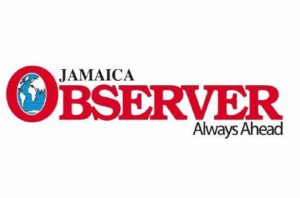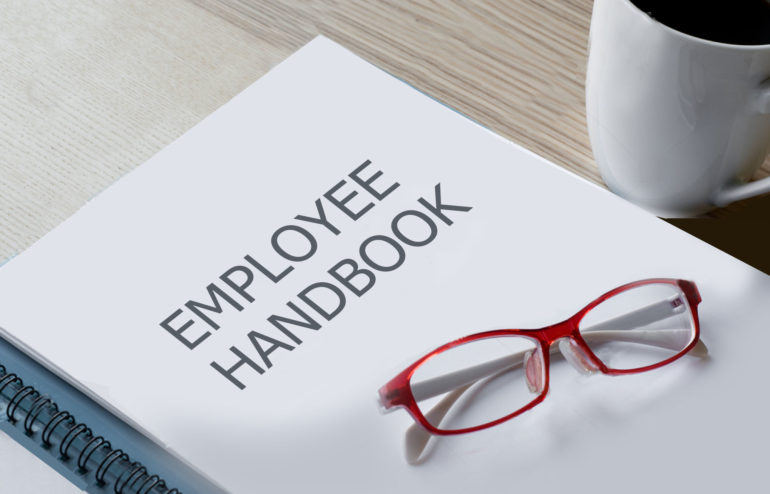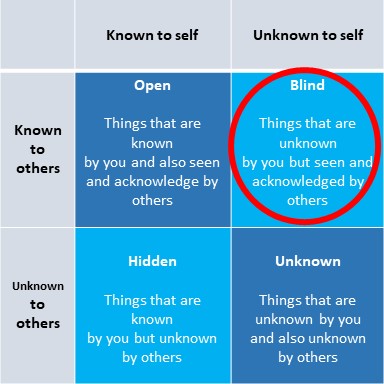“I see dead people”. At work. Duppies, zombies, ghosts, whichever term you prefer. People who are there but not really there…or are they? (Cue spooky music…).
Workplace zombies are those who are disengaged from their companies and their jobs, but still show up for work. They clock-in and clock-out. Present in body but not in spirit; listlessly satisfying the requirements or ‘letter’ of the job, but avoiding any spirited connection with the company’s purpose, mission and people. They were once ‘fully human’, bringing their energy, ideas, and genuine loyalty to their place of work and teams. So what happened to them? What force sapped the life out of these formerly productive souls?
Reasons
As a research project of interest, I had my team conduct a survey to find out what drives individuals to jump off the bridge into zombie-ism. Here are some of the common reasons:
• “The company doesn’t care about me”
This sentiment is voiced by workers who held the company in high esteem when they first joined the organisation. Over time, however, an event or series of events occurred in which the employee’s high expectations were not met. For example, a manager fails to respond fairly or compassionately to an employee’s legitimate personal crisis or need. The employee disengages, emotionally, but due to the monetary rewards, continues to show up to work.
• “I don’t like the type of job I’m in”
Here, the employee accepted the job, and after some time, discovered that it does not fit his/her natural abilities and expectations. Due to the unavailability of a ‘better’ job, the employee disengages, mentally, but continues to show up to work until a new opportunity, or funds to attend training for the new opportunity, presents itself.
• “I’m not rewarded fairly for my job”
Here, the individual believes that the pay received is not commensurate with the work performed, so in short, they are being ripped off. Disengagement occurs and ‘another one bites the dust’.
Why should companies care about zombie-ism or seek to combat it? Because it costs them, literally! Several studies have shown that disengaged workers, similar to sick workers (google “Presenteeism”), who still come in to work perform at a slower pace, make more errors, and negatively impact the productivity of their coworkers. The net result is that the company would be more profitable if both sick and disengaged workers stayed home until they were well, or resurrected!
The discussion on workplace zombies continues this week as the Jamaica Business Development Commission hosts its annual Employee Engagement Conference, an event where hundreds of Jamaica’s CEOs and decision-makers meet to discuss the causes, impact and responses of having an engaged workforce.
Debra Fraser MBA, is CEO of Caribbean HR Solutions, and is a board memberof the Business Process Industry Association of Jamaica, and a member ofthe Human Resource Management Association of Jamaica as well as theSociety of Human Resources Management. Please direct comments todfraser@caribbeanhrsolutions.com or www.caribbeanhrsolutions.com














